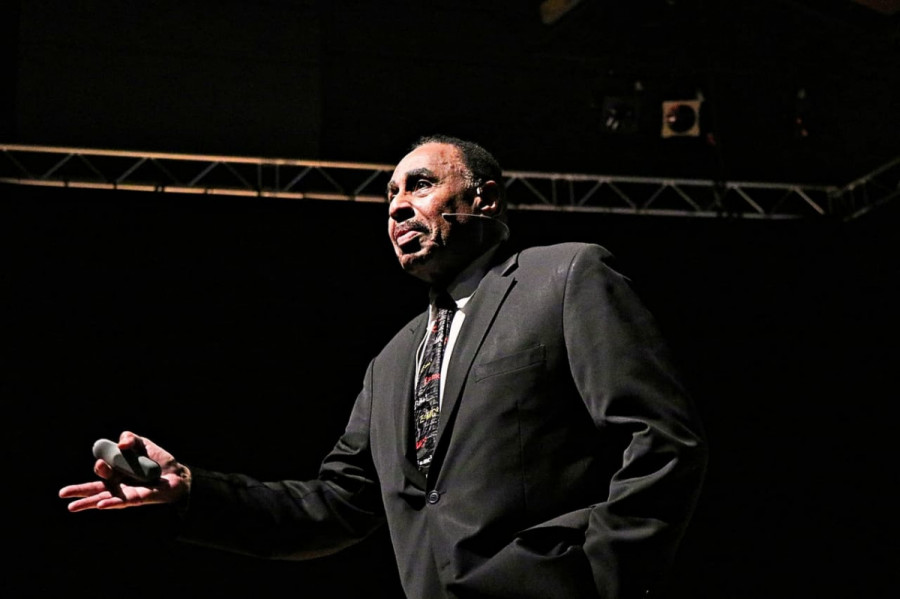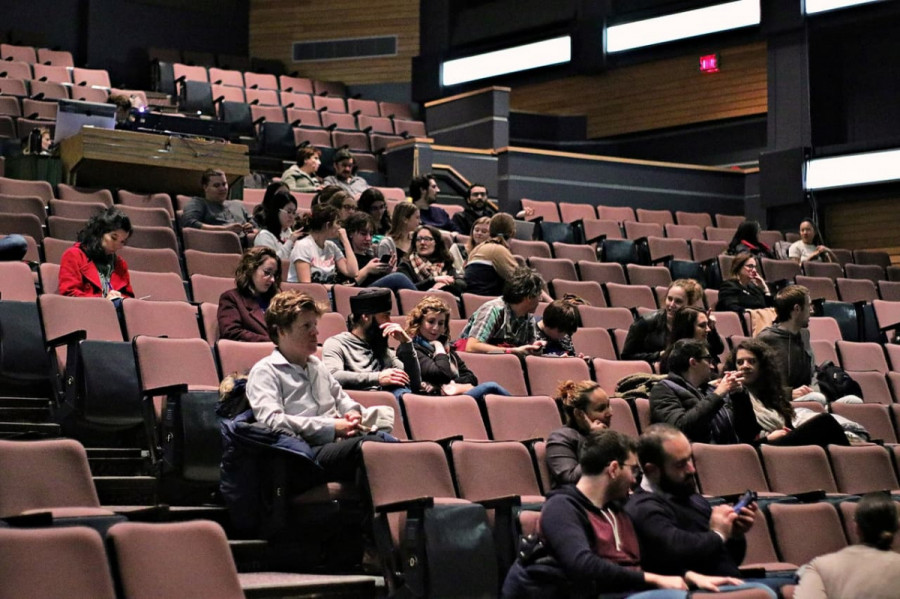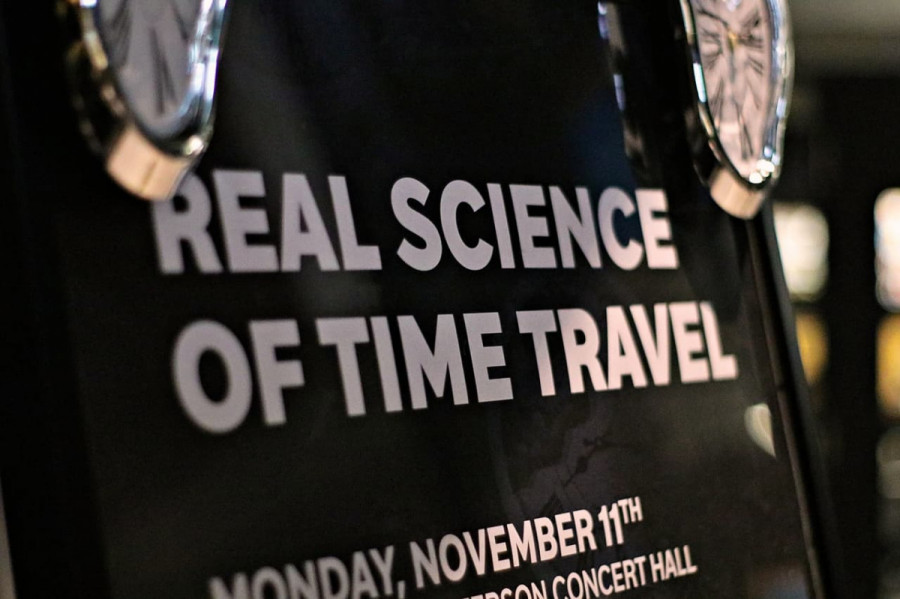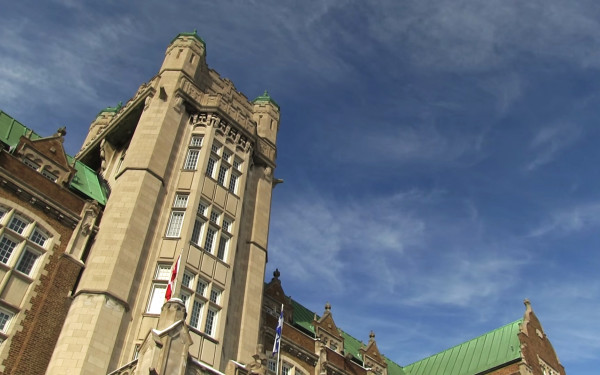Time Travelling Man Lands at Concordia
Theoretical Physicist Dr. Ronald Mallett Opens Loyola Lecture Series
We’ve all heard of the time travel, or grandfather, paradox. You go back in time, kill your grandfather, meaning you were never born and were never able to go back in time to kill him. But, we’ve also heard of the many-worlds theory suggesting every decision you make creates a split in the universe, meaning there are infinite parallel universes that never intersect.
What if both these theories cancelled each other out? You travel backward in time, creating a split in the universe. You end up killing your ancestor, but because you come from a timeline where that never happened, you can still exist in this universe—you just aren’t of this universe.
Theoretical physicist Dr. Ronald Mallett has dedicated his life to finding out. He was the first speaker at the Concordia Student Union’s Loyola lecture series on Nov. 11.
“One of mankind’s oldest fantasies, but is it possible to travel to the future and know what’s gonna happen next? Or to go to the past and change things? Is that really possible? I’m here to tell you that it is and it’s based on real science,” said Mallett.
But, how did he become interested in time travel at all?

When Mallett was 10, his father passed away from a heart attack—which he says left him devastated. But, his love of reading lived on. Mallett’s favourite genre was science fiction, and soon he began to live in the worlds of his novels.
After reading H. G. Wells’ The Time Machine, he grew fascinated with time travel. Reading Einstein’s Universe cemented his love for physics and theories of light, space, gravity, and time. He thought, if he could build a time machine, he could potentially save his father.
Remember that paradox? If Mallett’s father never passed away, triggering his desire for a time machine, would the very machine saving his father’s life ever be built? The answer has yet to be discovered.
Mallett’s work is rooted in Einstein’s theory of relativity where time and space flow together. Throw in the concepts of light and gravity also playing into this and you have the base of Mallett’s extremely complicated experiments.
To put it as simply as possible, Mallett would use lasers and a neuron to twist time into a loop where you can go from the past, to the present, to the future. He says matter and energy are equivalent. Therefore the energy of light can be equivalent to that of mass, which would create gravity—and gravity is a bend in space. When time is looped, you could go from the future to the past then back again.

This kind of project is extremely ambitious, and to send a person back in space seems out of reach at the moment. For now, though, Mallett thinks it could be possible to send information back.
To be able to patent a time machine is going to be an extremely difficult challenge for Mallett. He said such a project could cost hundreds of billions of dollars and it will be an incredible feat to get that kind of funding.
Loyola coordinator Melize Ferrus said the goal of the lecture series is to have a different speaker for every program at Loyola, and his was for physical science.
“There is a really bad minority ratio [in physics],” she said.
“I’m the only Black girl in the entire department so it’s pretty obvious. I thought ‘what better way to try to show anyone can do it than to bring in a Black physicist.’”
She added that Mallett did a good job at making sure he started from the basics and kept the lecture accessible to those who might not have extensive knowledge of physics. Though, other students left the Oscar Peterson Hall scratching their heads.
Mallett said most people who are interested in his work are motivated by tragedy—the loss of a loved one, or a major accident. But, time travel for those purposes isn’t coming any time soon.
“Enjoy every moment you live and your journey through time,” Mallett concluded.


_600_832_s.png)



